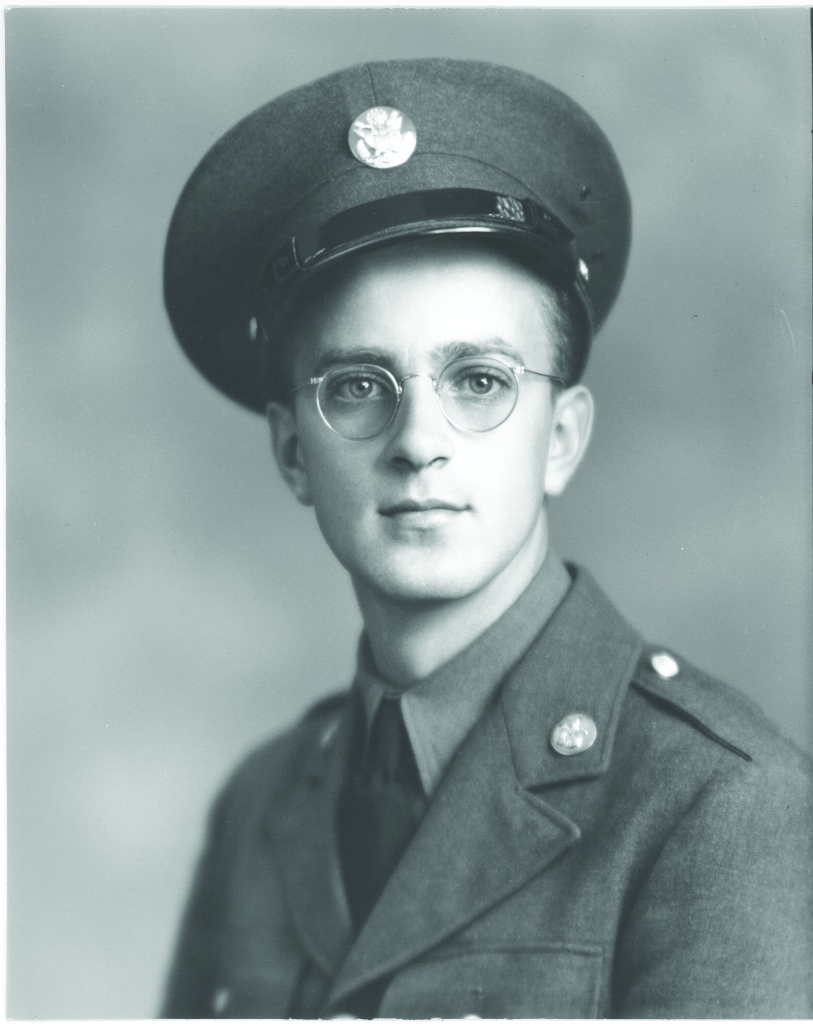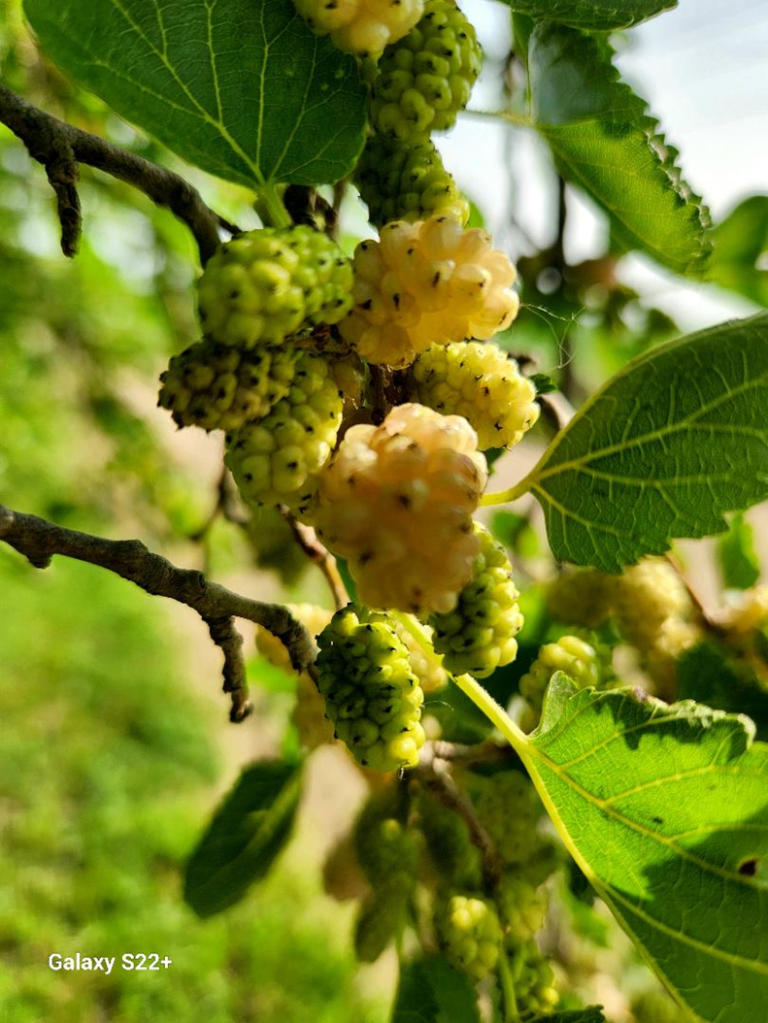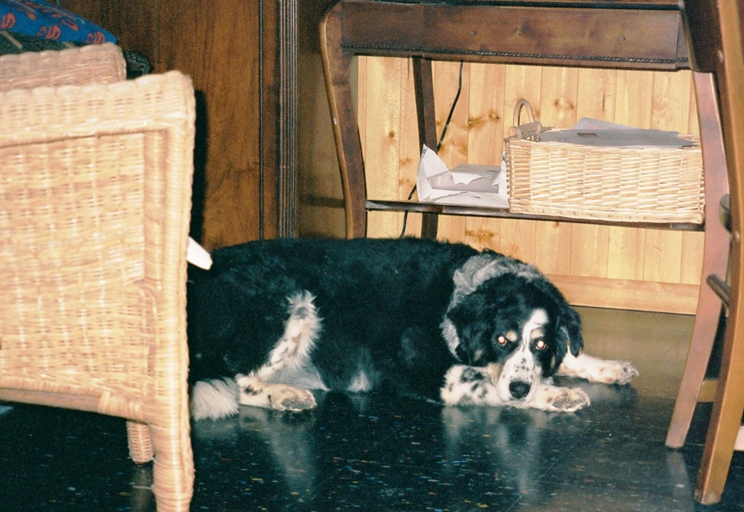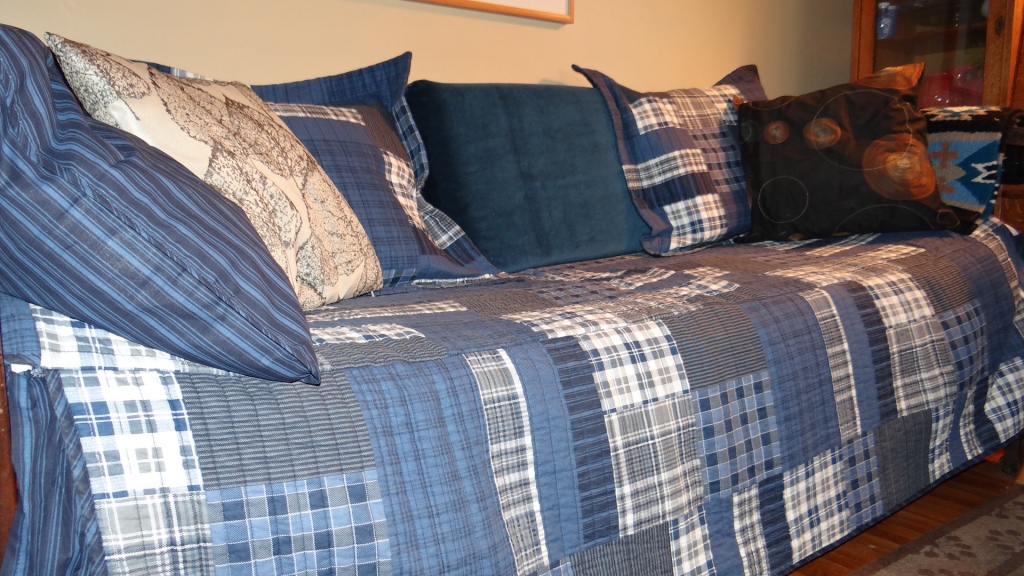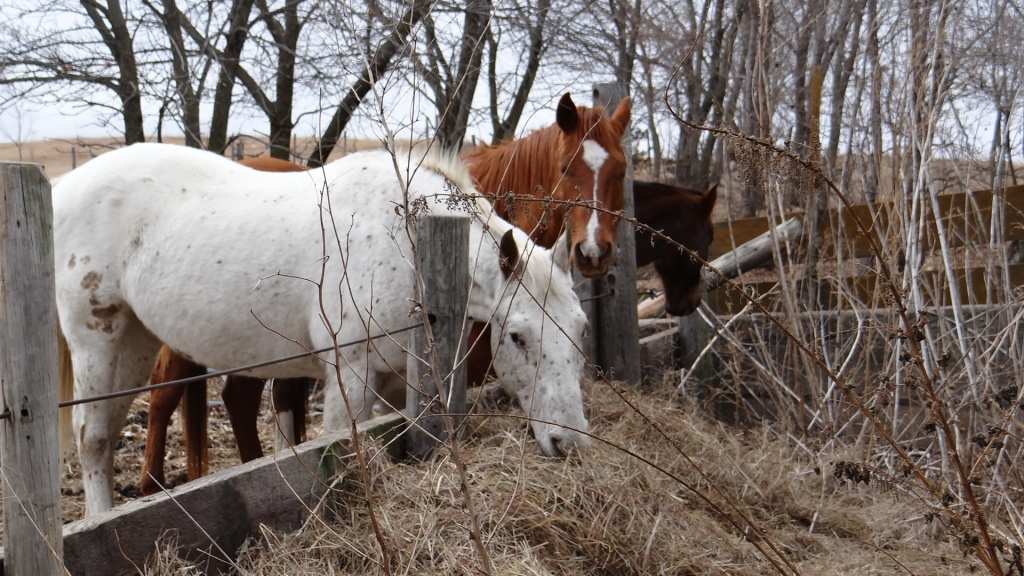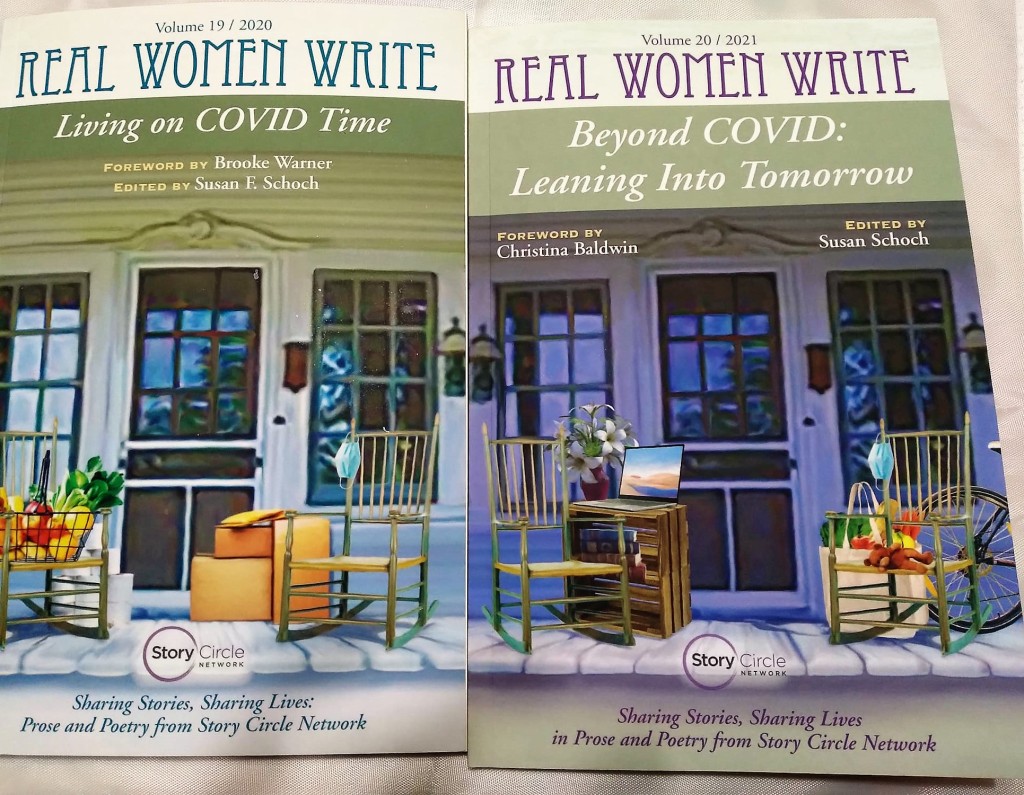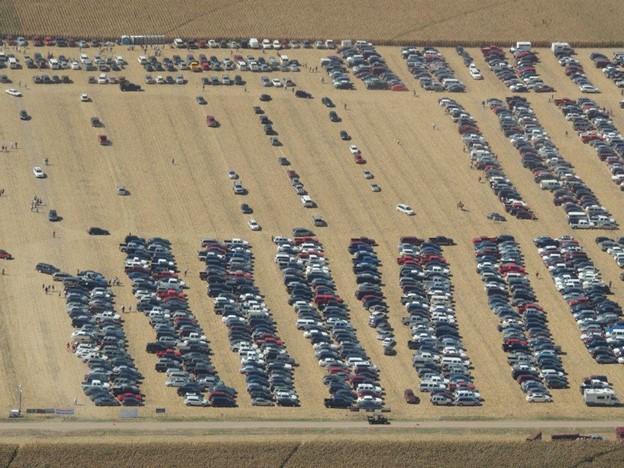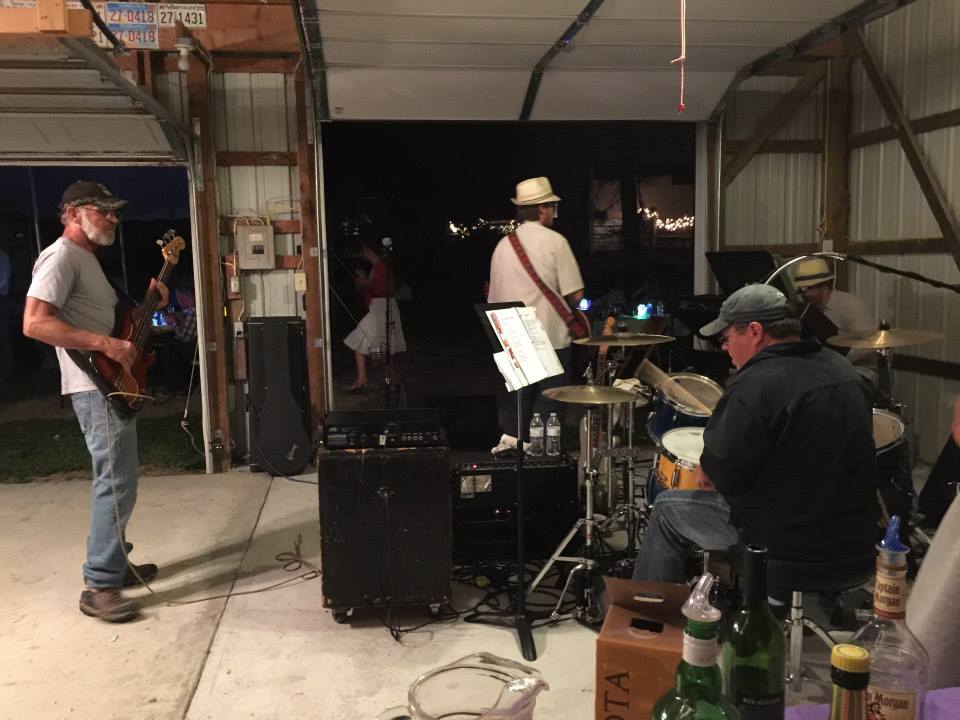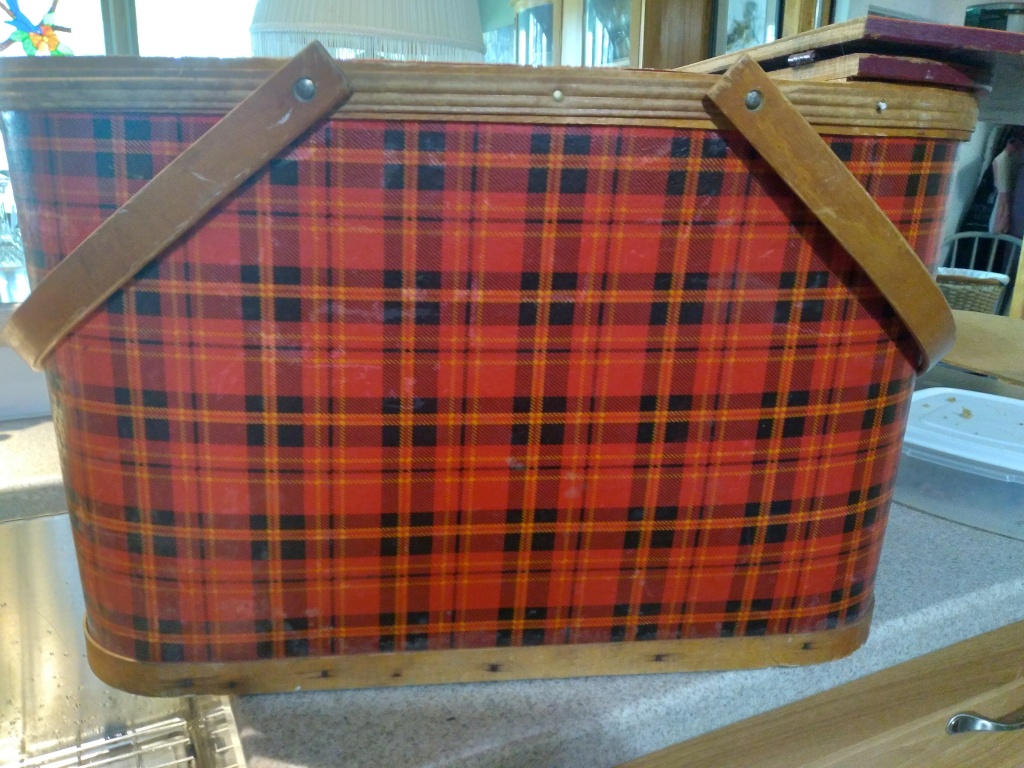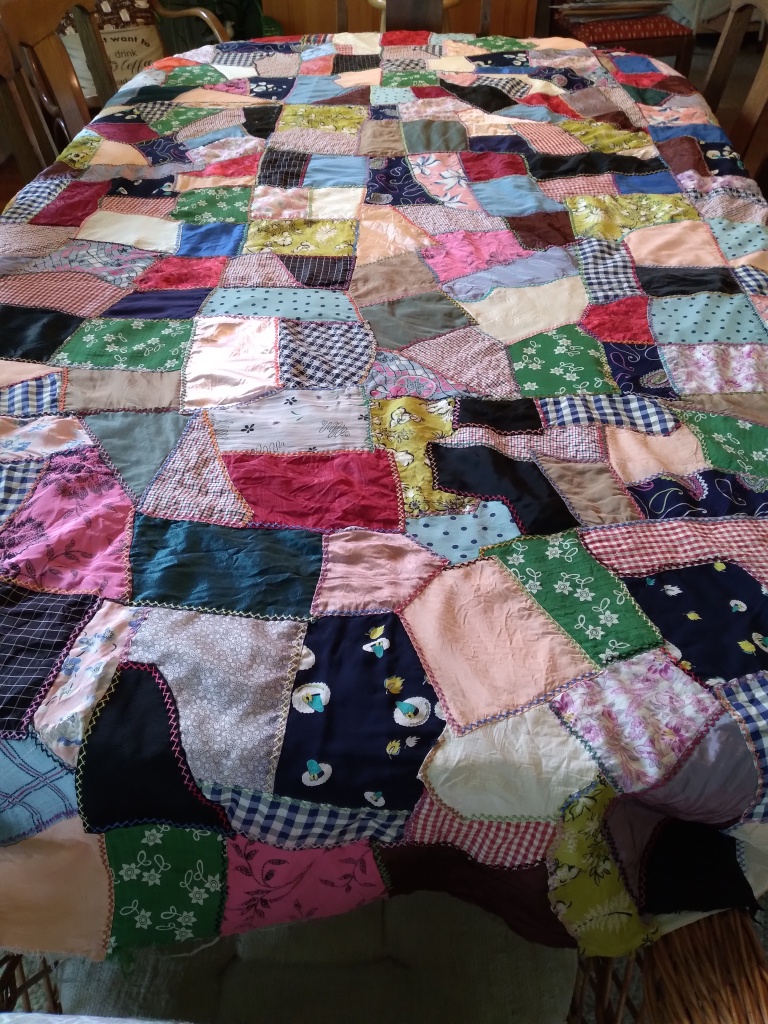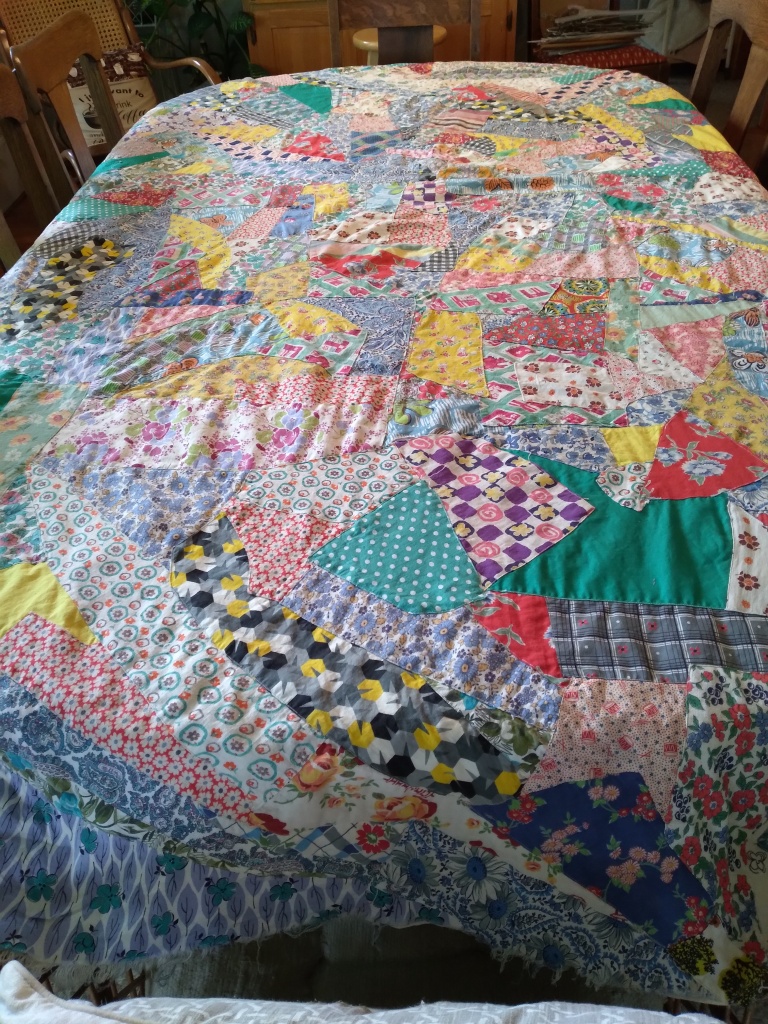I’ve been away from my blog for a while. I’d like to begin 2020 with a recap of the lessons I’ve learned in the past few years and ideas for the future.
Stuff that didn’t make sense in 2014
It didn’t make sense to me how the media members believed they were covering a story, but they were actually publicizing a fringe opinion. When the media exposed the actions of an extremist group/organization, they appeared to actually give them credence, especially when repeated ad nausium.
It didn’t make sense to me how polarized my country was, how relatives and neighbors could hold such opposite opinions. Even though we disagreed with many, we don’t want to shoot them like they do in other countries where people fight over politics or religion.
It didn’t make sense to me how people looked at land or location as a place to be exploited and not see the beauty of the place. It didn’t make sense to me how destroying a landscape, improves it; e.g. why do neighbors bulldoze 100-year-old trees that protect fragile land to farm another acre more or build another grain bin.
What did make sense?
It made sense for a society to take responsibility to care for people unable to care for themselves (disabled, elderly, children and disenfranchised). It made sense to me that wealthy people should be taxed more to pay for roads, police, schools, health care, and even bombs. I often felt that I could do more than I do to help others.
It made sense to celebrate life’s events, like holding a Halloween party for friends and family whenever we are able. We may not pass by a person, group, of part of life again in just the same way – it made sense not to miss opportunities. This sentiment has grown stronger as I age.

What made sense in my life?
It made sense to always support my children as they figure out life.
It made sense to bury the hatchet of conflict with others and let go of past hurts. This one was and is very difficult for me. I take injuries and hurts to heart, expect apologies that won’t be coming, and find it easier to live without hurtful people in my life.
It made sense to learn to forgive so I don’t feel the agony of resentment all the time. It made sense to bury those feelings in the soil, to plant new life internally as I plant flowers and tomatoes in the spring. I’ve been given another year, another spring to work on this and I was grateful to be alive, or as a friend used to say, “every day above ground is a good one”.

It made sense to me to focus my daily life on things I could manage and control (like mowing the lawn when it is tall, cleaning the house when it is dirty, taking care of pets and livestock, giving my colleagues a place to vent about the very strange politics of the work-place, participating in groups that improve the little space of the world that I live in) and let alone the neighborhood’s, state’s, nation’s bigger problems.
It made sense to celebrate every sunrise, appreciate every sunset, savor the taste of coffee, the luxury of time to sip a couple cups in the morning, dinner with family or friends, finding time to stop, listen to birds sing and share the bounty of my life. I felt very fortunate to be in that place at that time.

What makes sense in 2020?
This is the first time I’ve considered these issues in the past six years. It seems appropriate to revisit them again as 2020 begins. I noted in 2014 that Americans may disagree but at least we don’t shoot people. I’m revising that statement based on the history of the past few years. People in this country are more polarized now than six years ago.
In recent years people have started to shoot people they don’t like; target racial groups they don’t like, and pursue whole groups of people whose politics they don’t like. People shoot other people in churches, synagogues, and mosques. People shoot children in elementary and high schools, and at colleges and universities. People shoot people in nightclubs and at concerts. People shoot people in restaurants and corner stores. I understand this exhibition of hated even less than I understand the hate that fuels it.
Perhaps I’m looking through the wrong end of a viewfinder, but I don’t understand the continued exploitation of land and water in this country as if there’s always more land out there to move to, dig up, pump water from the ground via irrigation, build wind farms on, or clutter landscapes with mechanical equipment. It makes no sense to me to encase towers in fifty-feet deep cement platforms for the next generation to worry about removing.
It also makes no sense to mine oil from Canadian tar sands and transport it via pipelines to refineries in the Gulf of Mexico to be sold on the world market. Pipelines that cross the United States and pollute our land with every pipeline break seem nonsensical to me as well as being another source of ill-gotten revenue for the one present of ultra-rich that spend fortunes lobbying politicians to make it happen.
Stuff that does make sense.
Generosity to others and kindness continue to be important qualities. It makes sense to help others when possible. It makes sense to adopt shelter pets, like my dog Pickles rather than buy from pet factories.

I wish sensible actions and attitudes combined into a longer list and perhaps I need to remove my rose-colored glasses and view the world with a different lens. However, I love my country and its multiplicity of residents regardless of our political divisions. We are all more than our political opinions. Please, let’s stop shooting each other!
It also makes sense to me to record events and attitudes as I experience them. This time and place will not come again. I’m still grateful to be alive at this time. It continues to make sense to celebrate life’s gifts. I hope the world will be a better place for future generations. If each of us demonstrates one kind gesture toward another and befriends folks rejected by others, we will have a beginning.




 The flowers are pretty even when shared with another of Mother Nature’s creatures.
The flowers are pretty even when shared with another of Mother Nature’s creatures.



